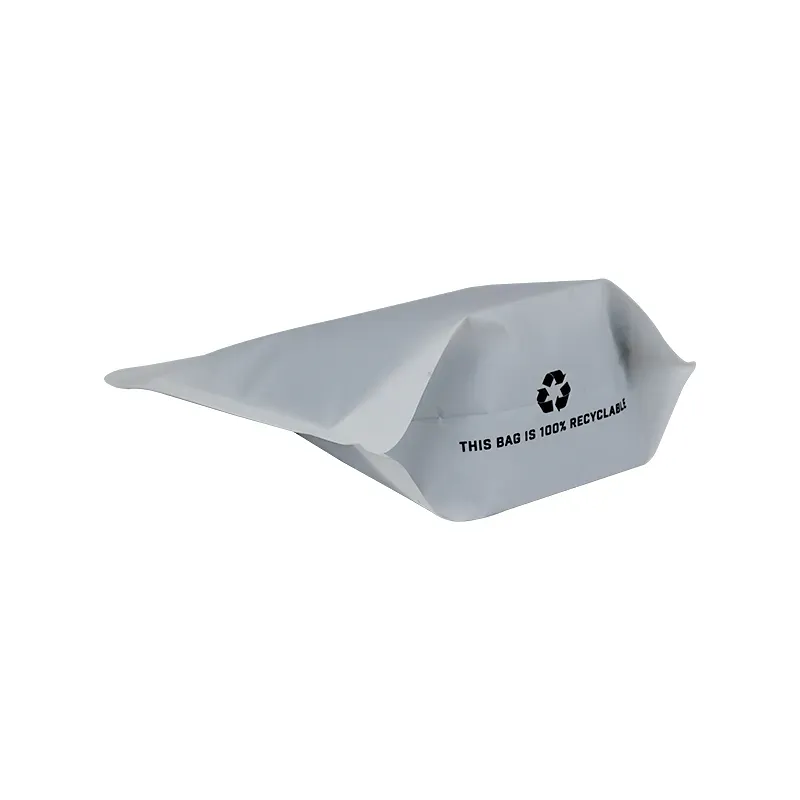- Afrikaans
- Albanian
- Amharic
- Arabic
- Armenian
- Azerbaijani
- Basque
- Belarusian
- Bengali
- Bosnian
- Bulgarian
- Catalan
- Cebuano
- chinese_simplified
- chinese_traditional
- Corsican
- Croatian
- Czech
- Danish
- Dutch
- English
- Esperanto
- Estonian
- Finnish
- French
- Frisian
- Galician
- Georgian
- German
- Greek
- Gujarati
- haitian_creole
- hausa
- hawaiian
- Hebrew
- Hindi
- Miao
- Hungarian
- Icelandic
- igbo
- Indonesian
- irish
- Italian
- Japanese
- Javanese
- Kannada
- kazakh
- Khmer
- Rwandese
- Korean
- Kurdish
- Kyrgyz
- Lao
- Latin
- Latvian
- Lithuanian
- Luxembourgish
- Macedonian
- Malgashi
- Malay
- Malayalam
- Maltese
- Maori
- Marathi
- Mongolian
- Myanmar
- Nepali
- Norwegian
- Norwegian
- Occitan
- Pashto
- Persian
- Polish
- Portuguese
- Punjabi
- Romanian
- Russian
- Samoan
- scottish-gaelic
- Serbian
- Sesotho
- Shona
- Sindhi
- Sinhala
- Slovak
- Slovenian
- Somali
- Spanish
- Sundanese
- Swahili
- Swedish
- Tagalog
- Tajik
- Tamil
- Tatar
- Telugu
- Thai
- Turkish
- Turkmen
- Ukrainian
- Urdu
- Uighur
- Uzbek
- Vietnamese
- Welsh
- Bantu
- Yiddish
- Yoruba
- Zulu
lxwxh example
Understanding Dimensions The l x w x h Concept
In the realm of physics, engineering, and everyday life, understanding dimensions is crucial for designing, manufacturing, and utilizing various objects. One of the fundamental ways to express the size of an object is through its dimensions length (l), width (w), and height (h). This three-dimensional representation is often abbreviated as l x w x h and plays an essential role in various fields, from architecture to shipping.
The Basics of Dimensions
Length refers to the longest side of an object, width indicates its shorter side when viewed from the front, and height defines how tall an object is. For instance, when purchasing a box, you might see its dimensions listed as 12 x 8 x 6 inches. In this case, 12 inches is the length, 8 inches is the width, and 6 inches is the height. Understanding these dimensions allows consumers to determine whether the box will fit in a designated space or accommodate certain items.
Practical Applications
The l x w x h format is not just an arbitrary representation of size; it has practical applications in several industries. For example, in the shipping industry, accurate dimensioning of packages is critical. Carriers calculate shipping costs based on the size and weight of packages. Knowing the dimensions helps businesses estimate shipping fees better and optimize logistics. Moreover, it aids in maximizing space usage in transportation vehicles.
In the field of construction, architects and engineers use the l x w x h concept to design buildings and rooms. For a new office building, precise measurements are essential to ensure that everything from furniture placement to utility systems fits seamlessly. Understanding these dimensions also allows for better planning of airflow, light, and even human traffic in a space.
lxwxh example

The Importance of Accuracy
Accuracy in measuring dimensions cannot be overstated. An error in the measurement of any one of these dimensions could lead to significant problems down the line – whether it be a project that does not fit as planned or increased costs for re-manufacturing. This is particularly true in manufacturing, where machinery and products need to meet specific dimensions for functionality and safety.
Conversion of Units
Additionally, understanding the l x w x h concept extends beyond just measurement. With globalization, businesses and individuals frequently encounter different units of measurement, such as inches, centimeters, feet, or meters. Being able to convert dimensions from one unit to another becomes vital, especially when dealing with international shipping or materials sourced from different countries. For example, if a piece of furniture is 60 x 30 x 40 inches, converting this into centimeters (152.4 x 76.2 x 101.6 cm) allows non-imperial system users to understand its size better.
Conclusion
In summary, the l x w x h concept is a fundamental aspect of our understanding of space and volume. From everyday purchases to complex engineering projects, these dimensions help convey critical information that influences decisions and outcomes. Mastering the details involved in size measurements enhances not only personal efficiency and satisfaction but also supports larger operational goals across various industries. Whether you are shipping a package, ordering a piece of furniture, or planning a construction project, being knowledgeable about dimensions is invaluable. The next time you encounter the notation l x w x h, remember the significance behind those simple letters; it embodies a world of practicality and precision.













